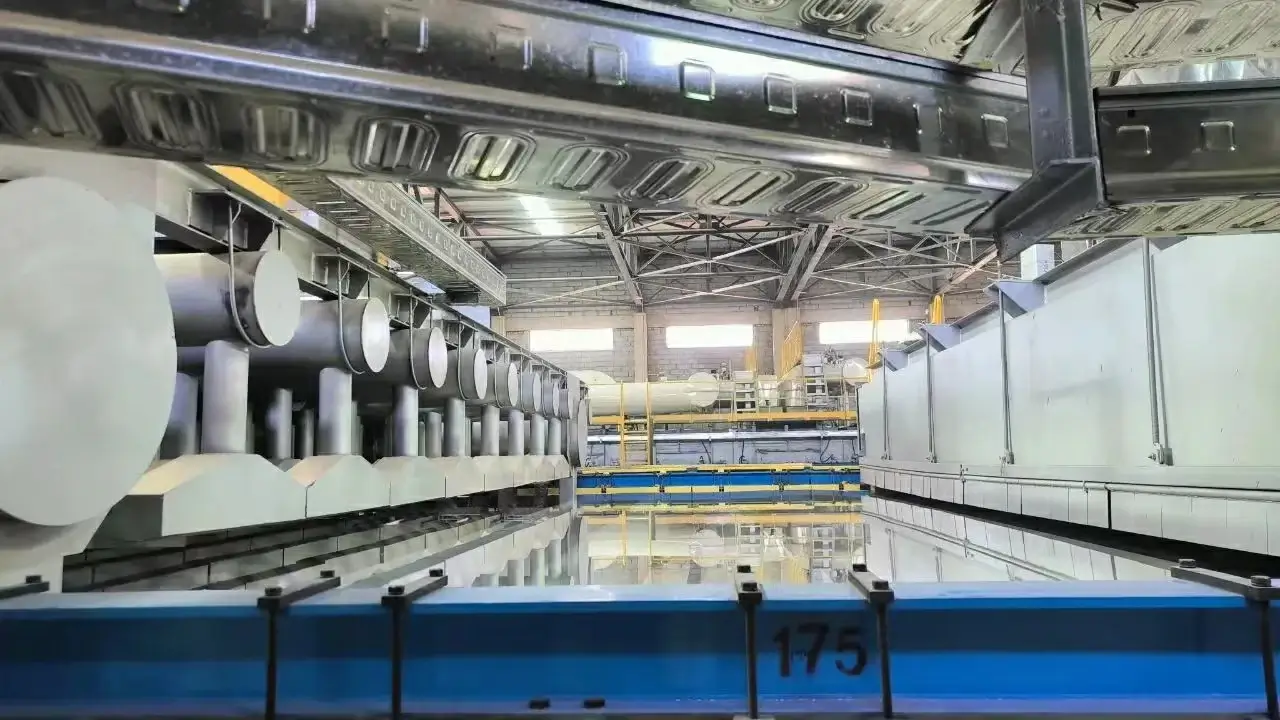

The Evolution and Applications of Laminated Float Glass
Laminated float glass has emerged as a pivotal material in both architectural design and automotive manufacturing, melding aesthetics with safety and functionality. This specially engineered glass is designed to withstand various external pressures while providing a clear view, enhancing the user experience in multiple applications.
Understanding Laminated Float Glass
Laminated float glass is created by sandwiching a layer of polyvinyl butyral (PVB) or ethylene-vinyl acetate (EVA) between two or more layers of float glass. This process not only enhances the glass's structural integrity but also grants it significant safety benefits. When broken, laminated glass does not shatter into sharp shards; instead, the interlayer holds the glass pieces together, minimizing the risk of injury. This unique property has made laminated float glass a preferred choice in environments where safety is paramount.
The Manufacturing Process
The production of laminated float glass involves several meticulous steps. Initially, float glass is manufactured by floating molten glass on molten tin, resulting in a smooth and uniform surface. Once the float glass is produced, it undergoes cleaning and inspection to ensure high quality.
The next stage involves placing the float glass sheets and the interlayer in a laminating device. Heat and pressure are applied to bond the layers together effectively. After this process, the glass undergoes a cooling phase, solidifying the bonds and enhancing the overall strength of the laminated glass. The result is a product that boasts not only aesthetic appeal but also unparalleled safety features.
Key Benefits
1. Safety One of the primary advantages of laminated float glass is its safety characteristics. In cases of breakage, the glass remains intact, reducing the likelihood of injury. This property is especially critical in applications such as skylights, glass railings, and large windows in commercial buildings.

2. Sound Insulation The interlayer used in laminated float glass significantly reduces noise transmission, making it an ideal choice for urban environments. This sound-muffling property ensures that buildings provide a peaceful and quiet atmosphere, enhancing the comfort of occupants.
3. UV Protection Laminated float glass can block up to 99% of harmful ultraviolet rays. This feature not only protects people indoors from skin damage but also prevents fading of upholstery and artwork, making it a popular choice for galleries and upscale residences.
4. Energy Efficiency The incorporation of laminated float glass in building designs can contribute towards energy efficiency. It can help in maintaining indoor temperatures, thereby reducing cooling and heating costs. Furthermore, it can be combined with low-E coatings for enhanced thermal insulation.
Applications in Architecture and Automotive Industries
In the realm of architecture, laminated float glass is extensively used in facades, skylights, and partition walls. Its ability to withstand extreme weather conditions and its aesthetic qualities make it a favored choice among architects and builders.
In the automotive industry, laminated float glass is commonly employed for windshields. This enhances passenger safety and comfort, providing clear visibility while also serving as a structural component of the vehicle. The use of laminated glass in cars has become standard practice due to its safety benefits.
Conclusion
Laminated float glass represents a remarkable stride in glass manufacturing technology, combining safety, aesthetic appeal, and functionality. As urban landscapes continue to evolve and safety regulations become stricter, the application of laminated float glass is expected to grow. This innovative material not only meets the demands of modern architecture and automotive design but also significantly contributes to the well-being of individuals by providing a safer and more enjoyable environment. The future of laminated float glass looks promising, paving the way for sustainable and safer building practices in an ever-changing world.